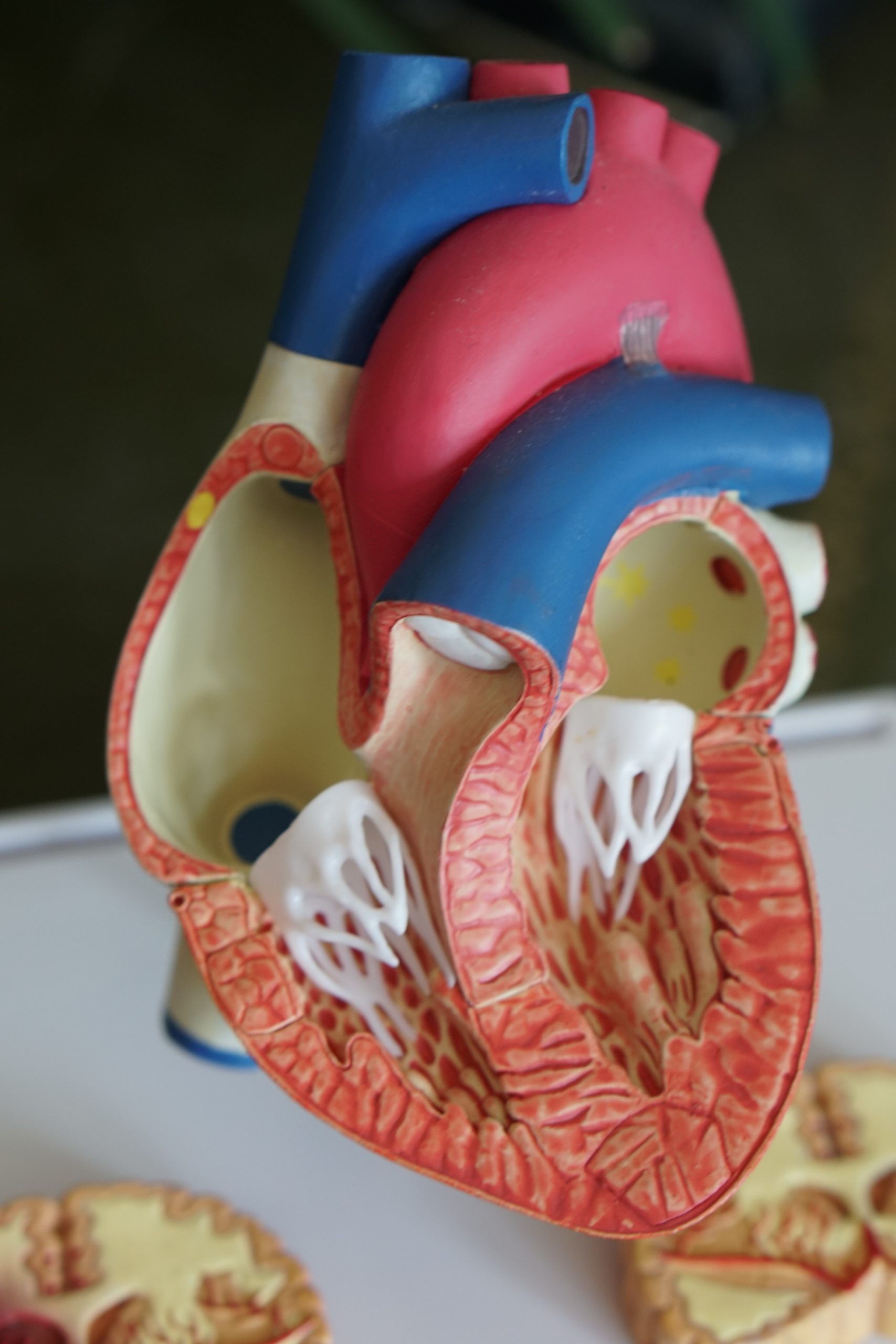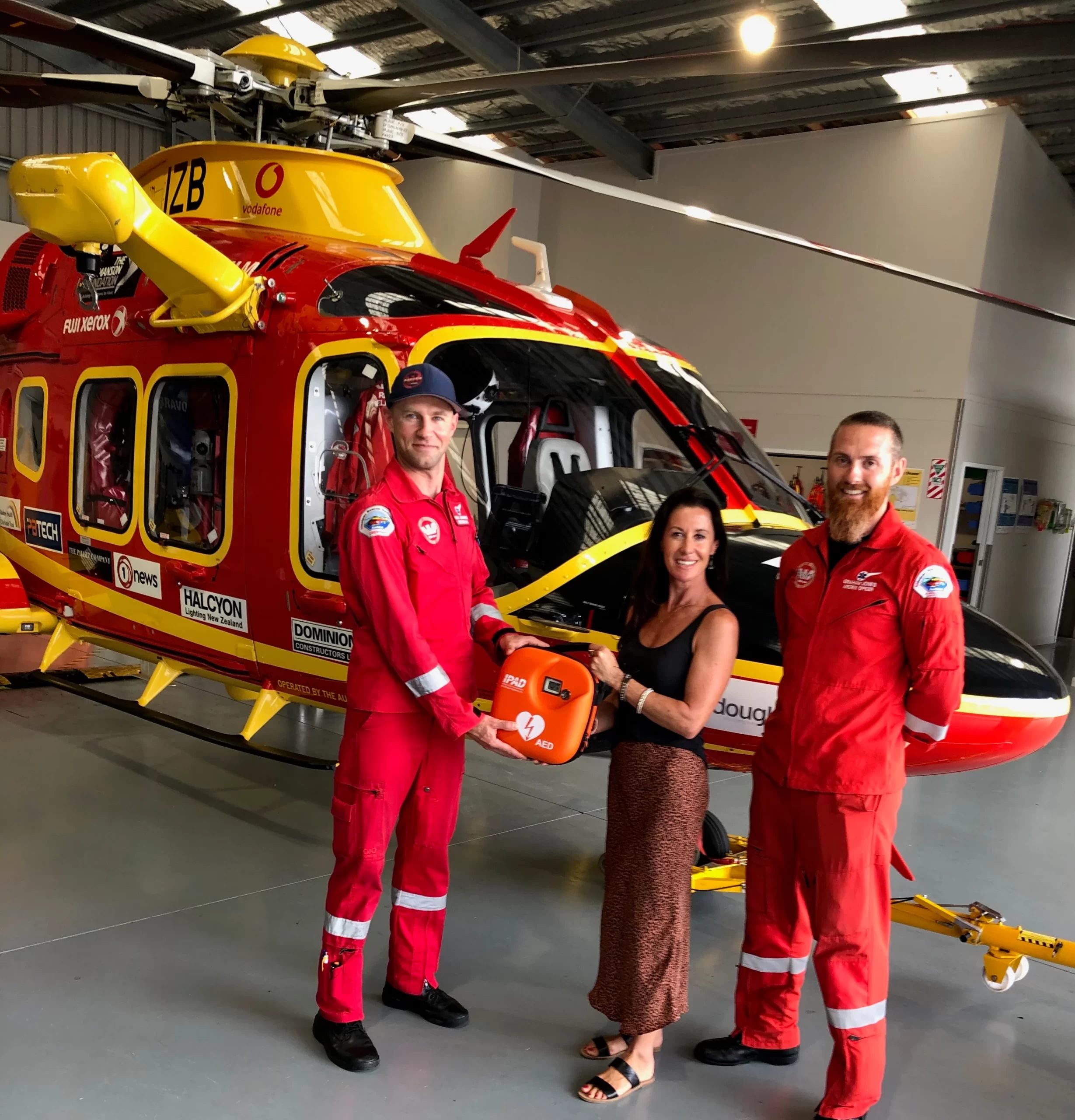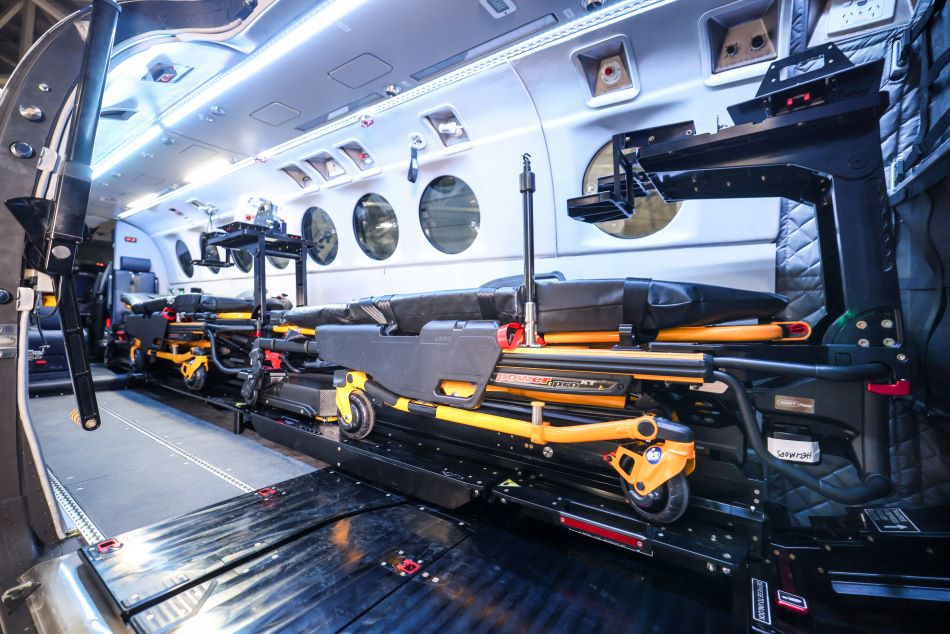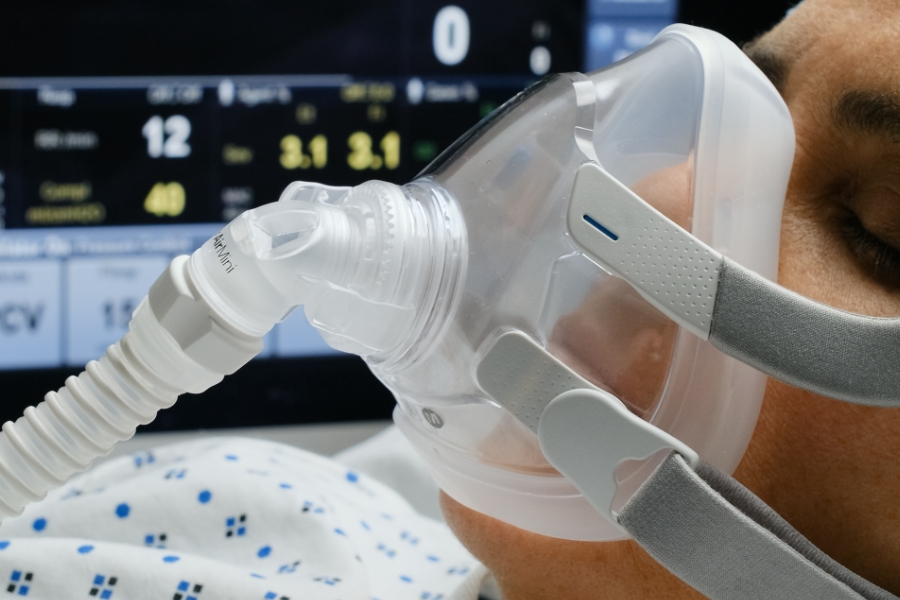So you’re curious about medications and pharmaceuticals in air ambulance services, huh? Well, let me fill you in on all the important details. When it comes to air ambulance services, the role of medications and pharmaceuticals cannot be overstated. These vital supplies play a crucial role in ensuring the well-being and safety of patients being transported by air. From life-saving drugs to specialized equipment, air ambulances are equipped with a wide range of pharmaceuticals that are carefully chosen and stocked to meet the specific needs of patients during critical care transport. In this article, we’ll explore the importance of medications in air ambulance services and how they contribute to providing high-quality medical care in emergency situations. So buckle up and get ready to learn about the fascinating world of medications and pharmaceuticals in air ambulance services!
Medications and Pharmaceuticals in Air Ambulance Services
When it comes to air ambulance services, medications play a crucial role in ensuring the safe and timely delivery of medical care to patients in need. In this article, we will explore the importance of medications in air ambulance services, the types of medications used, and the proper storage and handling techniques. Additionally, we will discuss the role of pharmacists in air ambulance services, the collaboration with pharmacy providers, and the importance of quality control and regulatory compliance. Finally, we will delve into the specific emergency and maintenance medications commonly used in air ambulance services, and touch on special considerations for medication administration in these critical situations.

Importance of Medications in Air Ambulance Services
In the fast-paced and high-stress environment of air ambulance services, medications are an essential component of providing effective and efficient medical care. These medications help to stabilize patients, manage pain, prevent deterioration, and even save lives. The timely administration of medications can make a significant difference in a patient’s outcome during transport. Without the appropriate medications on hand, air ambulance crews would be limited in their ability to provide the necessary medical interventions during critical situations. Therefore, having a proper stock of medications readily available is of utmost importance.
Types of Medications in Air Ambulance Services
Medications used in air ambulance services can be broadly categorized into two main types: emergency medications and maintenance medications. Emergency medications are typically administered to address life-threatening conditions or acute symptoms that require immediate intervention. On the other hand, maintenance medications are prescribed to patients with chronic illnesses or conditions that require ongoing treatment. Having a well-balanced inventory of both types of medications is crucial for air ambulance services to cater to a wide range of patient needs.
1. Emergency Medications
Emergency medications are the backbone of air ambulance services as they are often needed to stabilize critical patients during transport. These medications include but are not limited to epinephrine, nitroglycerin, aspirin, antiemetics, and analgesics. Epinephrine is a vital medication used to treat severe allergic reactions and cardiac arrest. Nitroglycerin is commonly used to manage chest pain associated with heart conditions. Aspirin, known for its anti-inflammatory properties, is administered in cases of suspected heart attacks. Antiemetics help control nausea and vomiting, while analgesics provide pain relief to patients in distress.
2. Maintenance Medications
Maintenance medications are administered to patients with chronic conditions, such as diabetes, hypertension, or epilepsy, who require continuous pharmacological management. Antibiotics are commonly used to prevent or treat infections. Anticoagulants help prevent blood clot formation, reducing the risk of stroke or other cardiovascular events. Antihypertensives are used to control high blood pressure, reducing the strain on the heart. Antiepileptics provide seizure control for patients with epilepsy, and antidiabetic medications help manage blood sugar levels in diabetic patients. Having these maintenance medications readily available allows air ambulance crews to provide appropriate care during transport to patients with chronic conditions.
Storage and Handling of Medications
Proper storage and handling of medications are vital to ensure their efficacy and safety in air ambulance services. Various factors should be considered, such as temperature control, shelf life, expiry dates, proper labeling and packaging, and inventory management.
1. Temperature Control
Maintaining proper temperature control is crucial for medication stability. Extreme temperatures can degrade medications, leading to a loss of potency or even rendering them ineffective. To prevent temperature-related issues, air ambulance services must utilize temperature-controlled storage units and regularly monitor and document the temperature conditions of medications during transport.
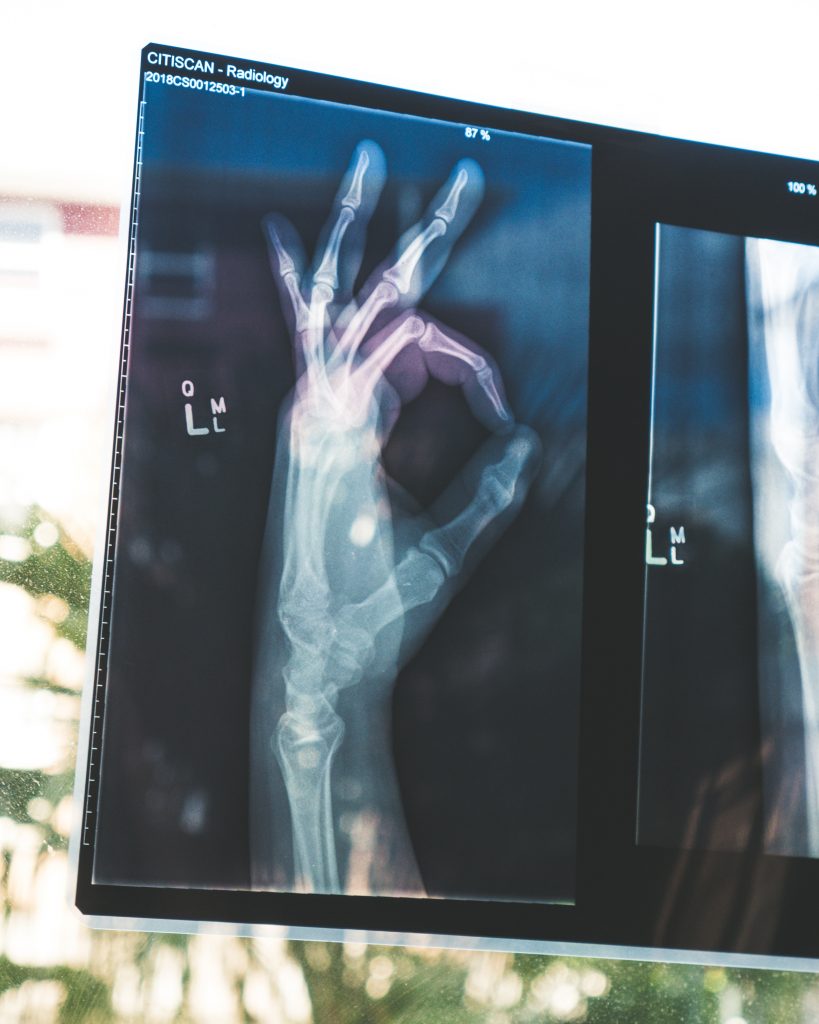
2. Shelf Life and Expiry Dates
Medications have a limited shelf life, beyond which their effectiveness cannot be guaranteed. Air ambulance services must have a robust system in place to accurately track and manage the expiration dates of medications. Regular inventory checks, rotation of stock, and proper labeling can ensure that expired medications are not used, minimizing the risk of administering ineffective or potentially harmful drugs to patients.
3. Proper Labeling and Packaging
Clear and accurate labeling and packaging of medications are crucial in air ambulance services. Proper labeling ensures that medications can be easily identified, reducing the risk of medication errors. Additionally, medications should be properly packaged to prevent contamination or damage during transport.
4. Inventory Management
Efficient inventory management is essential to ensure an adequate supply of medications at all times in air ambulance services. A comprehensive inventory management system should be in place to monitor stock levels, facilitate timely reordering, and minimize the risk of medication shortages during critical moments. Regular audit and documentation of medication usage are essential to maintain a proper inventory control process.
Role of Pharmacist in Air Ambulance Services
Pharmacists play a crucial role in air ambulance services, working alongside medical and nursing staff to ensure the safe and effective use of medications. Their responsibilities include medication preparation and distribution, medication safety monitoring, and medication inventory control.
1. Medication Preparation and Distribution
Pharmacists in air ambulance services are responsible for preparing and dispensing medications, following strict protocols and dosage guidelines. They work closely with medical staff to ensure that appropriate medications are readily available for use during air ambulance missions. Pharmacists play a vital role in optimizing medication supply and ensuring that the correct medications and dosages are provided to patients when needed.
2. Medication Safety
Medication safety is of utmost importance in air ambulance services. Pharmacists collaborate with medical and nursing staff to implement medication safety protocols, such as double-checking medication orders and verifying patient information. They play a crucial role in error prevention and detection, helping to minimize the risk of medication errors during critical situations.
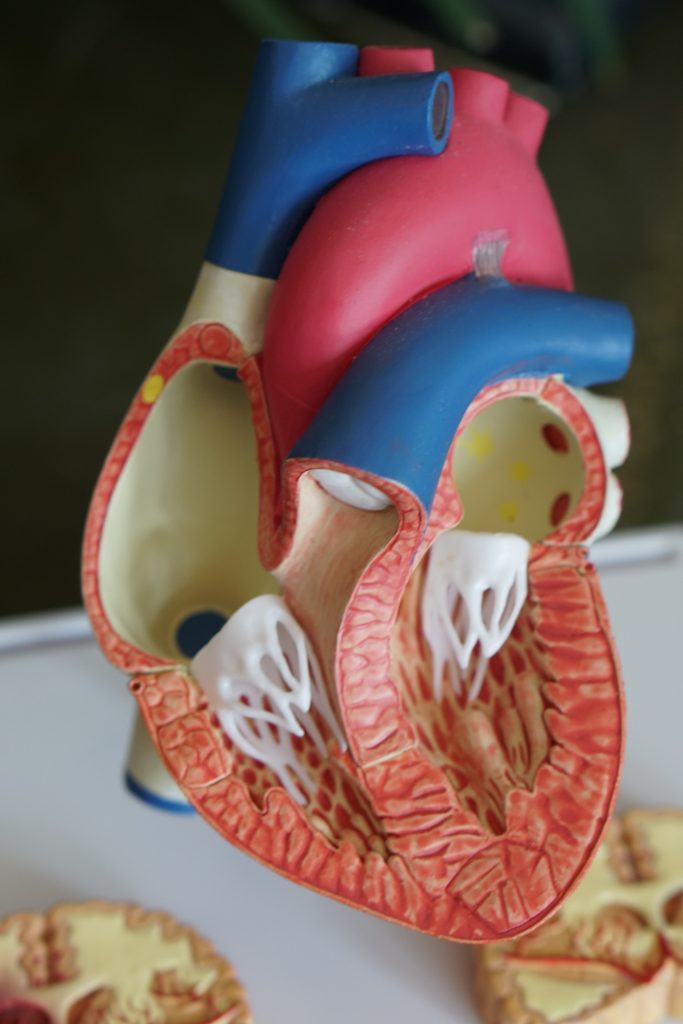
3. Medication Inventory Control
Efficient medication inventory control is the responsibility of pharmacists in air ambulance services. They oversee the procurement, storage, and distribution of medications, ensuring that an adequate supply is maintained at all times. Pharmacists collaborate with other healthcare professionals to conduct regular audits, monitor medication usage, and implement effective inventory management strategies.
Collaboration with Pharmacy Providers
Air ambulance services often collaborate with pharmacy providers to ensure a smooth medication supply chain. Pharmacy providers specialize in procuring and distributing medications, catering to the specific needs of air ambulance services. These collaborations help to streamline the medication procurement process, reduce costs, and ensure access to a wide range of medications required for air ambulance missions.
1. Medication Supply Chain
Collaboration with pharmacy providers facilitates a robust medication supply chain for air ambulance services. Pharmacy providers utilize their expertise to source medications from reputable manufacturers and maintain a reliable inventory. They work closely with air ambulance services to ensure that the right medications are available when needed, reducing the risk of shortages or delays in critical situations.
2. Pharmacy Consulting Services
Pharmacy consulting services are also an essential aspect of collaboration between air ambulance services and pharmacy providers. Pharmacists from pharmacy providers provide expert advice on medication management, inventory control, and regulatory compliance. They assist air ambulance services in identifying best practices, optimizing medication utilization, and implementing quality improvement initiatives.
Quality Control and Regulatory Compliance
In air ambulance services, maintaining quality control and adhering to regulatory requirements are paramount to ensure patient safety and legal compliance.
1. Drug Regulations and Standards
Air ambulance services must comply with strict drug regulations and standards to ensure the safety and effectiveness of medications. These regulations guide the procurement, storage, handling, administration, and disposal of medications. Air ambulance services must stay up-to-date with relevant regulatory requirements and maintain meticulous documentation to demonstrate compliance.
2. Adverse Event Reporting
Adverse event reporting is critical in air ambulance services to identify and address any medication-related issues promptly. It involves reporting and documenting any adverse events or medication errors that occur during air ambulance missions. Prompt reporting allows for analysis, investigation, and implementation of corrective measures to prevent similar incidents in the future.
3. Quality Assurance Programs
Implementing robust quality assurance programs is vital for air ambulance services to ensure the delivery of safe and high-quality patient care. Quality assurance programs encompass regular audits, staff training, outcome monitoring, and process improvement initiatives. These programs help identify areas for improvement, enhance medication safety practices, and ensure compliance with regulatory standards.
Emergency Medications in Air Ambulance Services
Emergency medications are crucial for managing critical situations during air ambulance missions. Here are five commonly used emergency medications:
1. Epinephrine
Epinephrine, also known as adrenaline, is a vital medication used in emergency situations, especially for severe allergic reactions (anaphylaxis) and cardiac arrest. It acts rapidly to constrict blood vessels, increase heart rate and blood pressure, and open up airways.
2. Nitroglycerin
Nitroglycerin is commonly used in air ambulance services to manage chest pain associated with heart conditions such as angina or myocardial infarction. It acts by dilating blood vessels, increasing blood flow to the heart, and reducing the workload on the heart.
3. Aspirin
Aspirin, with its anti-inflammatory properties, is commonly administered in suspected heart attack cases in air ambulance services. It helps prevent blood clot formation and reduces the risk of further damage to the heart.
4. Antiemetics
Antiemetics are medications used to control nausea and vomiting, which can occur during air ambulance transport due to motion sickness or as a side effect of other medications. They help alleviate patient discomfort and prevent dehydration.
5. Analgesics
Analgesics, such as opioids or non-opioids, are crucial for pain management in air ambulance services. They provide relief to patients experiencing pain due to various medical conditions or injuries.
Maintenance Medications in Air Ambulance Services
Maintenance medications are essential for managing chronic conditions during air ambulance transport. Here are five commonly used maintenance medications:
1. Antibiotics
Antibiotics are frequently used in air ambulance services to prevent or treat infections. They help control bacterial growth and reduce the risk of complications during transport.
2. Anticoagulants
Anticoagulants are commonly administered to patients with a high risk of blood clot formation, such as those with atrial fibrillation or deep vein thrombosis. These medications help prevent the formation of blood clots, reducing the risk of stroke or other severe cardiovascular events.
3. Antihypertensives
Antihypertensives are medications used to control high blood pressure. They help reduce the strain on the heart and minimize the risk of cardiovascular complications during air ambulance transport.
4. Antiepileptics
Antiepileptic medications are crucial for patients with epilepsy. They help manage seizure activity and prevent the occurrence of seizures during air ambulance missions.
5. Antidiabetic Medications
For patients with diabetes, the administration of antidiabetic medications helps maintain blood sugar levels within the target range during transport. These medications are important in preventing hyperglycemia or hypoglycemia, which can have serious consequences.
Special Considerations for Medications in Air Ambulance Services
In air ambulance services, there are several special considerations when it comes to administering medications:
1. Weight and Dose Calculations
Accurate weight and dose calculations are crucial in air ambulance services to ensure the safe and effective administration of medications. Factors such as patient weight, age, and medical condition must be taken into account to determine the appropriate dosage. Meticulous calculations and double-checking of dosages are essential to prevent medication errors.
2. Drug Interactions
Air ambulance crews need to be aware of potential drug interactions when administering multiple medications. Some medications can interact with each other, leading to altered effectiveness or increased risk of side effects. Having a thorough understanding of drug interactions and monitoring patients closely can help avoid potentially harmful situations.
3. Route of Administration
The route of medication administration is an important consideration in air ambulance services. Depending on the patient’s condition and the nature of the medication, medications may be administered orally, intravenously, intramuscularly, or subcutaneously. Air ambulance crews must have the necessary skills and training to safely administer medications via different routes.
Conclusion
Medications and pharmaceuticals play a vital role in air ambulance services, ensuring the delivery of timely and effective medical care to patients in critical situations. Emergency medications help stabilize patients during transport, while maintenance medications cater to the ongoing needs of patients with chronic conditions. Proper storage, handling, and inventory management of medications are essential to maintain their efficacy and safety. Pharmacists in air ambulance services contribute significantly to medication preparation, safety, and inventory control. Collaborations with pharmacy providers streamline the medication supply chain and provide expertise in medication management. Quality control and regulatory compliance are crucial to ensure patient safety and legal requirements. By understanding the importance of medications in air ambulance services and following protocols and best practices, healthcare providers in this field can enhance patient outcomes and provide optimal care during critical situations.
